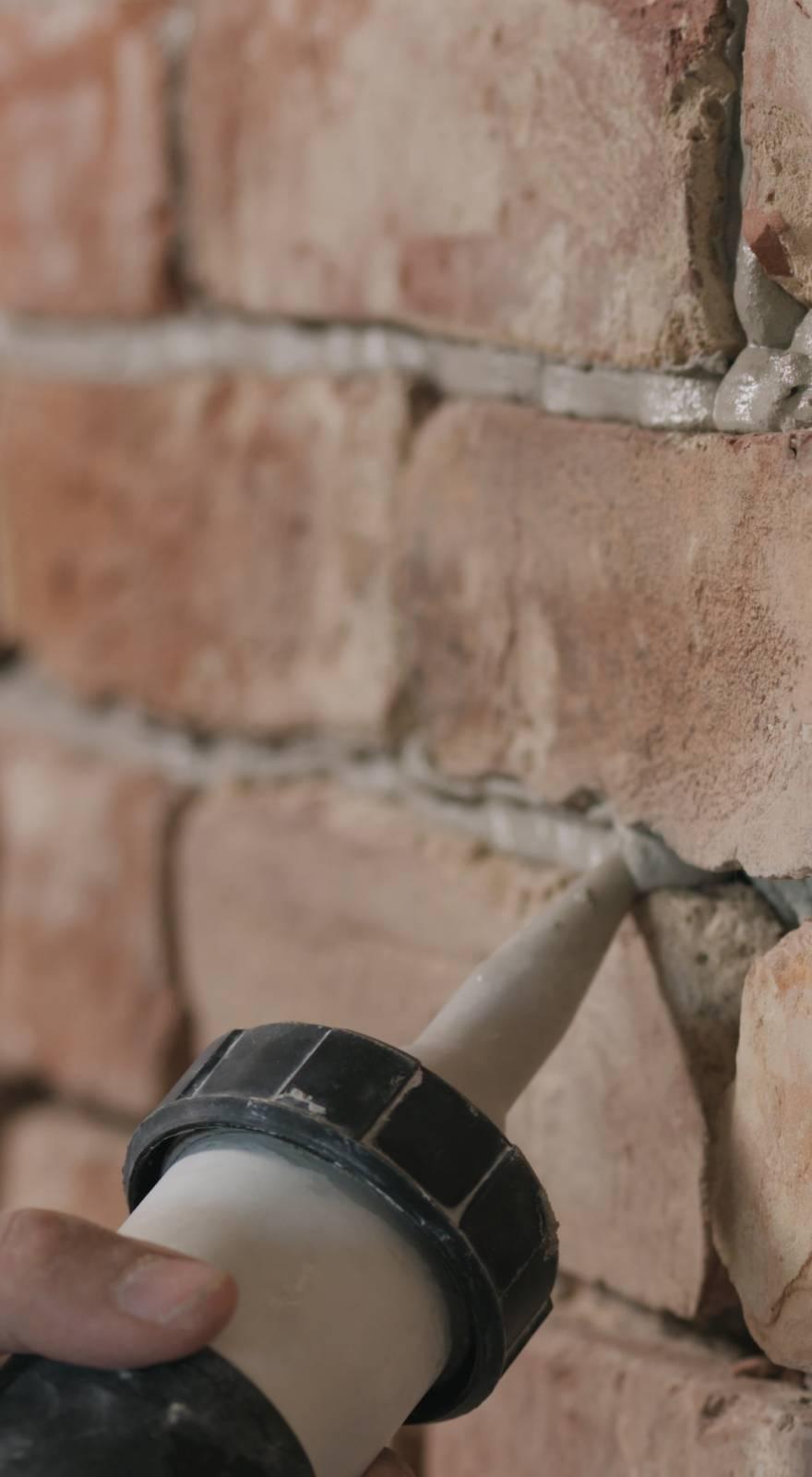Knowde Enhanced TDS
Identification & Functionality
- Chemical Family
- Chemical Name
- CASE Ingredients Functions
- CAS No.
- 21645-51-2
- EC No.
- 244-492-7
- Technologies
- Product Families
Features & Benefits
- Labeling Claims
- CASE Ingredients Features
- Product Highlights
Almatis FlameGard ATH (aluminum trihydroxide) is an inorganic hydrated alumina designed for use in polymer systems as a flame retardant and smoke supressive additive. FlameGard is more accurately designated chemically as aluminum trihydroxide, Al(OH)3, and is produced through processing of alumina-bearing feedstocks. Although FlameGard is a dry powder, when heated above approximately 220°C it decomposes into approximately 35% water and 65% alumina by weight. FlameGard is a nonabrasive, low density material with a Mohs hardness index of 2.5 - 3.5 and a specific gravity of 2.42. Almatis FlameGard ATH is compatible with polymer systems.
Applications & Uses
- Applications
- Compatible Polymers & Resins
- Compatible Substrates & Surfaces
- Flame Retardant and Smoke Suppressant Properties
FlameGard imparts fire retardant properties to a polymer/ATH filled system because it has a high proportion of chemically combined water by weight (34.6 percent) attached to each hydrate molecule. This “water of hydration” is stable to the processing temperatures of most polymer coated textiles. On heating to higher temperatures, e.g. by exposure to flame, FlameGard undergoes an endothermic reaction. This sacrificial absorbtion of heat significantly reduces the heat available to decompose the textile polymer materials into gaseous fuel elements necessary to sustain combustion.
FlameGard is a non-halogenated fire retardant and smoke suppressant. It decomposes into an inert material: anhydrous alumina and water. Its presence in a polymer system can substantially lower smoke production levels when compared to flame retardant polymers based on phosphates or on brominated or chlorinated paraffin/antimony trioxide filled systems.
- Applications
Primary applications are in the film forming binders based on polymers and copolymers.
- Ethylene vinyl acetate (EVA)
- Natural latex
- Polyurethane
- Polyvinyl acetate (PVA)
- Polyvinyl chloride (PVC)
- Styrene-butadiene rubber (SBR)
- Vinylidene Chloride
Properties
- Chemical Properties
- Typical Properties
| Value | Units | Test Method / Conditions | |
| Silicon Dioxide (SiO2) | max. 0.01-0.02 | % | — |
| Iron Oxide (Fe2O3) | max. 0.01-0.02 | % | — |
| Sodium Oxide (Na2O, total) | max. 0.2-0.35 | % | — |
| Sodium Oxide (Na2O, soluble) | 0.015 | % | — |
| Moisture Content | max. 0.03-0.20 | % | — |
| Value | Units | Test Method / Conditions | |
| Loose Bulk Density | 60-70 | lb/ft3 | — |
| Specific Gravity | 2.42 | — | — |
| Mohs Hardness | 2.5-3.5 | — | — |
| Particle Size through 325 mesh | 60-65 | — | — |
| Particle Size d50 | 22-26 | μ | — |

